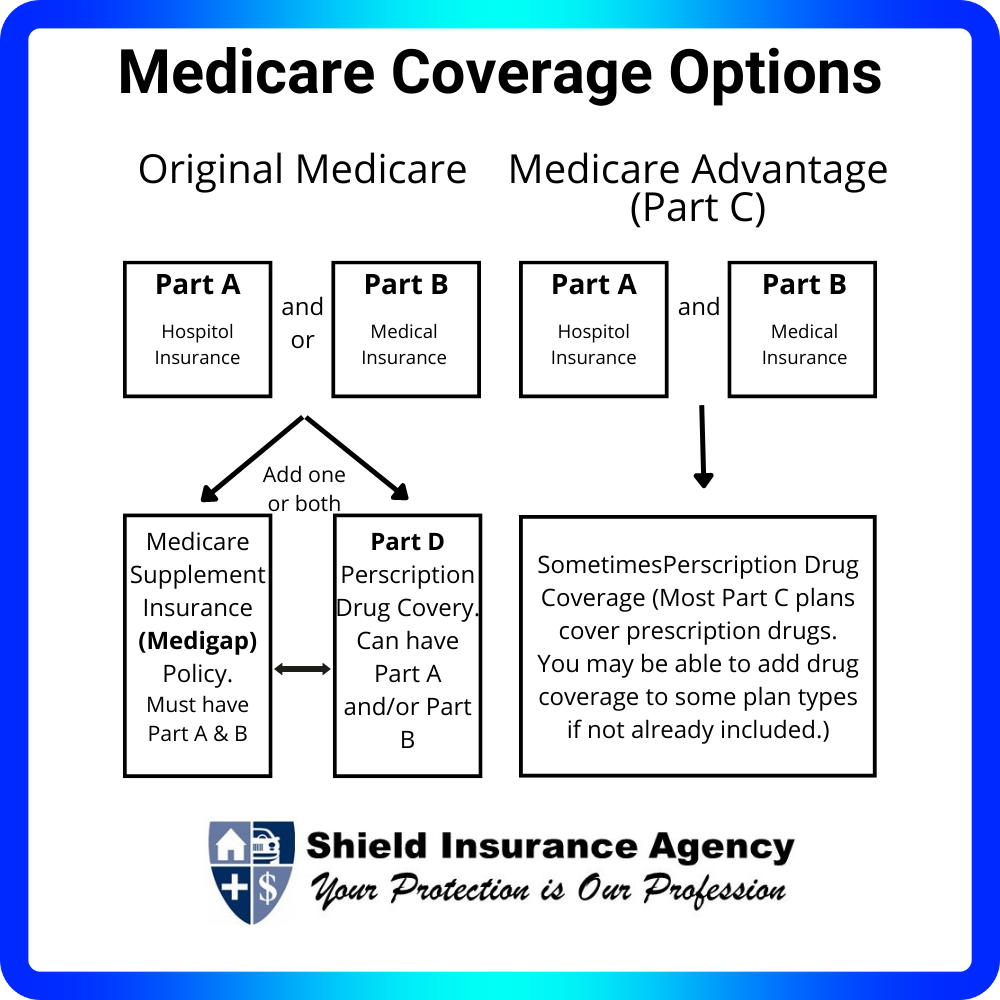
Nursing Home and the graduate who lives there
Positive News.com | by Oliver Balch | July 24, 2023 | Nursing Home | More Blog Articles
Meet the young graduate who lives in a nursing home
There aren’t many twentysomethings who would opt to live in an old people’s home, but for broke student Teun Toebes, it’s an experience that has changed his life – and the lives of his housemates
Cake, candles, banter, games, laughter, fresh air. Teun Toebes remembers his recent birthday as a total blast. He and his pals – Christi, Janny, Jopie, Ad. All of them just hang out, shooting the breeze, savoring the moment, and enjoying life.
It doesn’t bother him that they are all at least three times his age. Nor that they might have forgotten the event by now. They are his housemates. The people who this 24-year-old care ethics graduate has chosen to live with – first as a broke student researcher looking for a cheap room, now as a friend, ally, and campaigner.
Ad is his best friend in the care facility in the small Dutch town of Amstelveen that Toebes has called home for the last couple of years. As with all the venue’s elderly residents, Ad lives with dementia.
A former electrician and father of two, 78-year-old Ad is one of 55 million people worldwide with the condition. On average, most will live eight to 10 years after their initial diagnosis – the latter part of which many in the industrialized north will spend living in institutional care.
Toebes’ first exposure to the condition came as a 17-year-old intern in a local nursing home. Three years later, his great-aunt Greet was diagnosed with Alzheimer’s and came to live there. The serendipity allowed him to care for her directly, an experience that left him with a strange sense of privilege.
Despite Greet’s confusion, she read his moods and called him “my boy”; he, in turn, washed her, laughed with her, and, ultimately, coordinated her palliative care at the end. From that moment on, Toebes became convinced that it’s not only possible to connect with people with dementia but also to enjoy a lasting and reciprocal relationship.
Regrettably, that isn’t how institutional care in Europe and the UK works. Individuals like Greet stop being someone’s sister, someone’s neighbor, or someone’s lover; instead, they become someone primarily defined by their condition.
“Dehumanising” is the word Toebes comes back to most often to describe the situation. As he puts it: “I live together with the most beautiful 130 housemates, but they are all sorted together according to their dementia, the system sees them as the same.”
The most startling result of this logic is the restrictions. In Toebes’ facility, the doors are kept locked. Even access to the garden is restricted. So, for his birthday party, he had to request the key from the care home’s authorities. The latter cites understandable safety concerns, yet the parallels with the penitentiary system are as unavoidable as they are unfortunate. Hairdressers, doctors, dentists – all are brought into the facility, extreme risk-aversion means there are few opportunities for the residents to go out.
I live together with the most beautiful 130 housemates
Inside, protocols reign. If the temperature tops 30C, everyone must eat ice cream. The risk of salmonella means no soft-boiled eggs. ‘Care’ trumps ‘home’ every time, adds Toebes. Just consider the décor: a 200-meter-long corridor, easy-to-wipe tile flooring, strip lights everywhere, and walls with safety notices as decoration.
The effect of such a “surrealistic nobody’s land” on people’s identities is profound, he believes. Even the toilet habits of residents are monitored. ‘Firm’, ‘watery’, ‘discolored’: down it all goes, recorded in his housemates’ medical dossiers.
“If you’re reading in your mother’s records what kind of sh*t she has every day, then you will start seeing her more and more as a patient.
He doesn’t hold individual carers to blame. In a way, they too are subjects of a system that, as Toebes puts it, places “control and safety” above “happiness and being together”. To combat this, Toebes introduced Friday drinks, camping evenings, and trips to visit grown-up children for the residents, small things that have transformed the torpid atmosphere of the care home.
To kick off a conversation about what an alternative, people-centered dementia care might look like, Toebes has penned a book – The Housemates, out in English in August – already a No.1 bestseller in the Netherlands.
He recently set off on a tour of 11 countries on four continents to see how other nations approach dementia care, making a documentary that will be screened at a G20 summit on the disease later this year.
If we keep seeing the human being, he or she never really disappears
Each country adopts a slightly different strategy, he discovered. In South Korea, for instance, the emphasis weighs heavily on prevention through healthy lifestyle habits. In South Africa, the focus is on care within the family. In Moldova, residential care is not segregated by disease, meaning dementia-only facilities don’t exist.
His main takeaway lessons? Firstly, money alone won’t solve the problem. The UK spends £14.2bn a year caring for people living with dementia. That comes out of people’s taxes. Yet, it’s money for a system that no taxpayer in their right mind “would ever want to live in”.
An even more important lesson: everyone needs freedom and friendship, whatever their condition. Even if their mind is lost to dementia? Even then, he insists: “If we keep seeing the human being, he or she never really disappears.”





























































